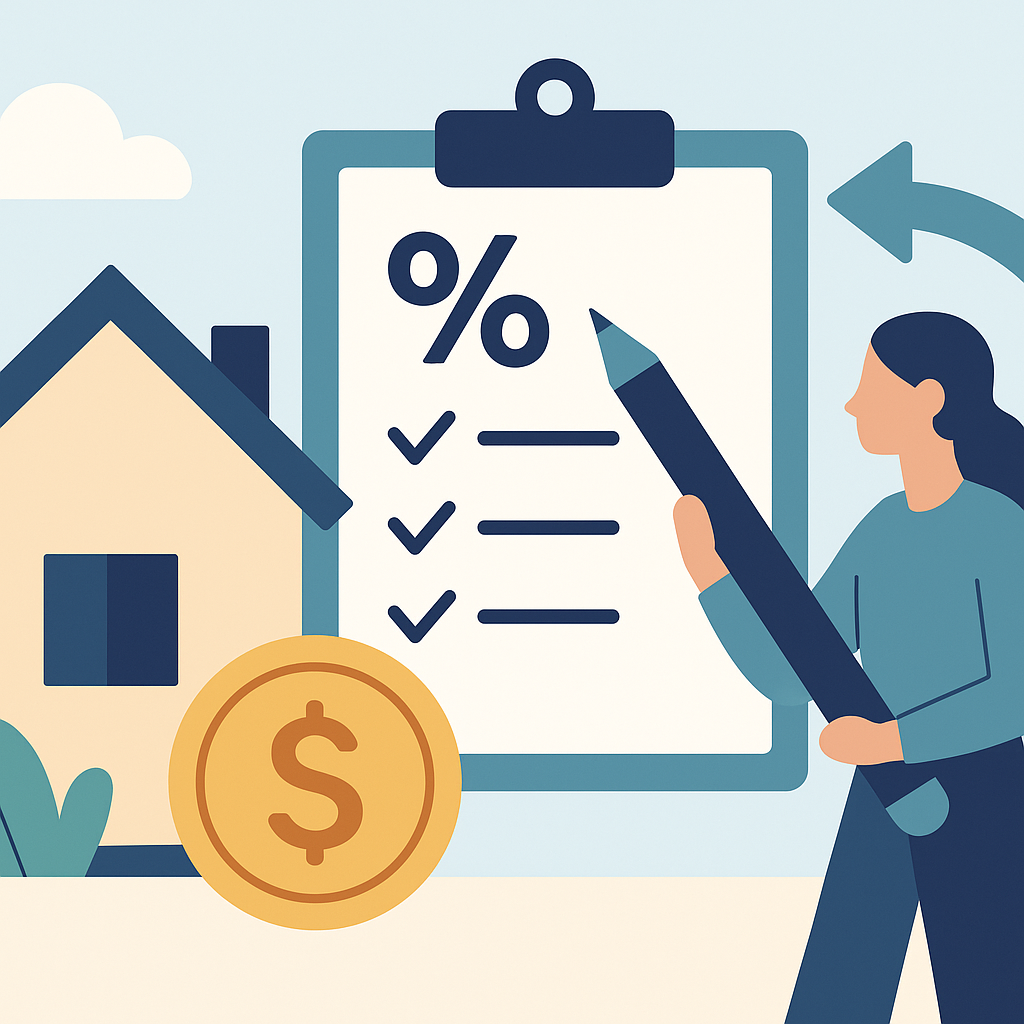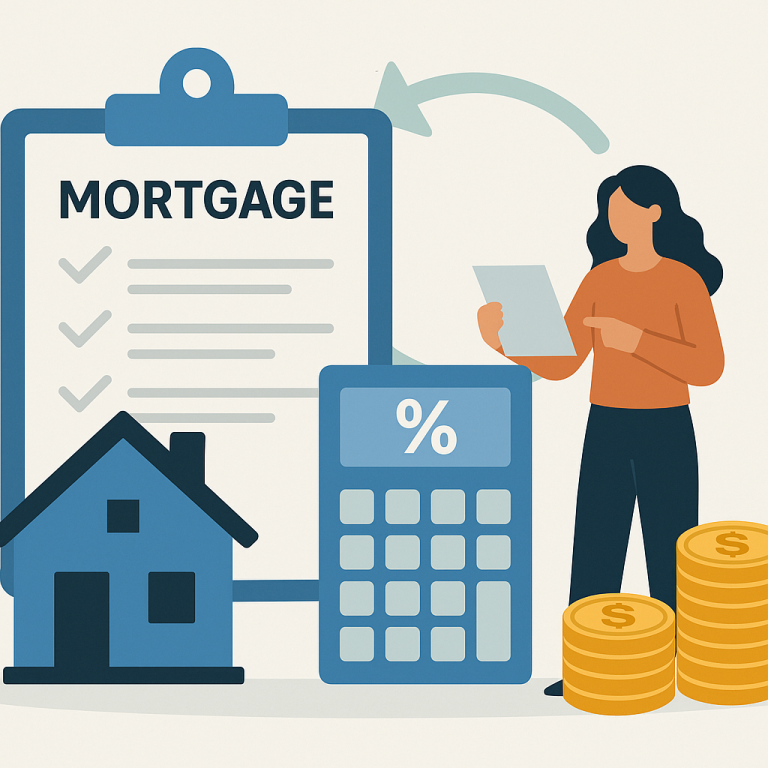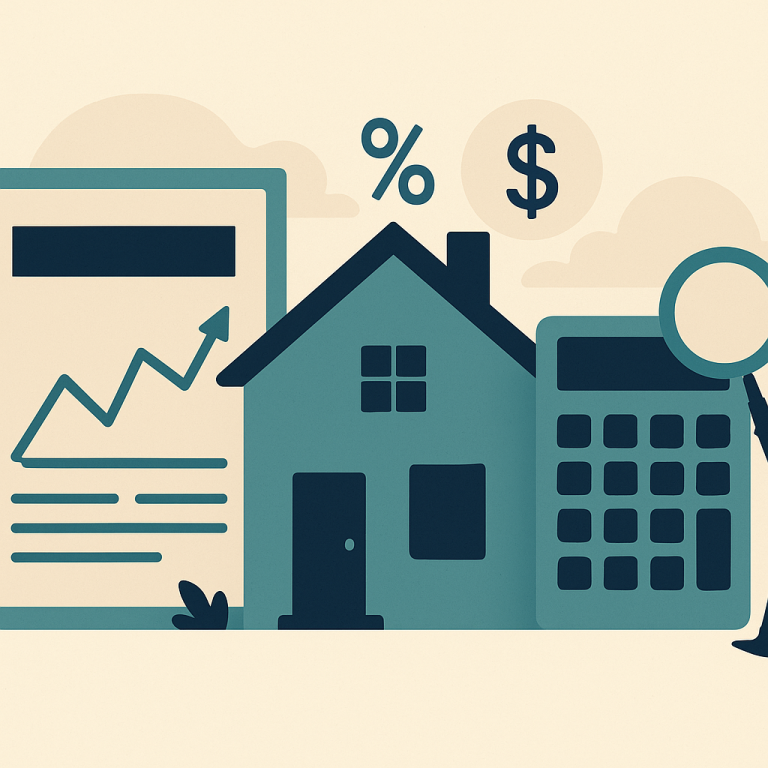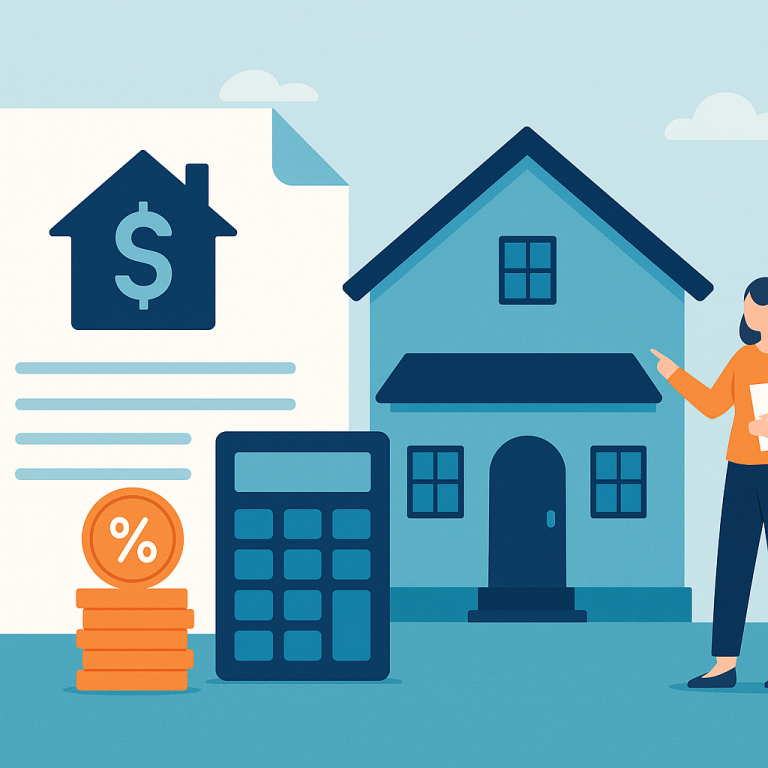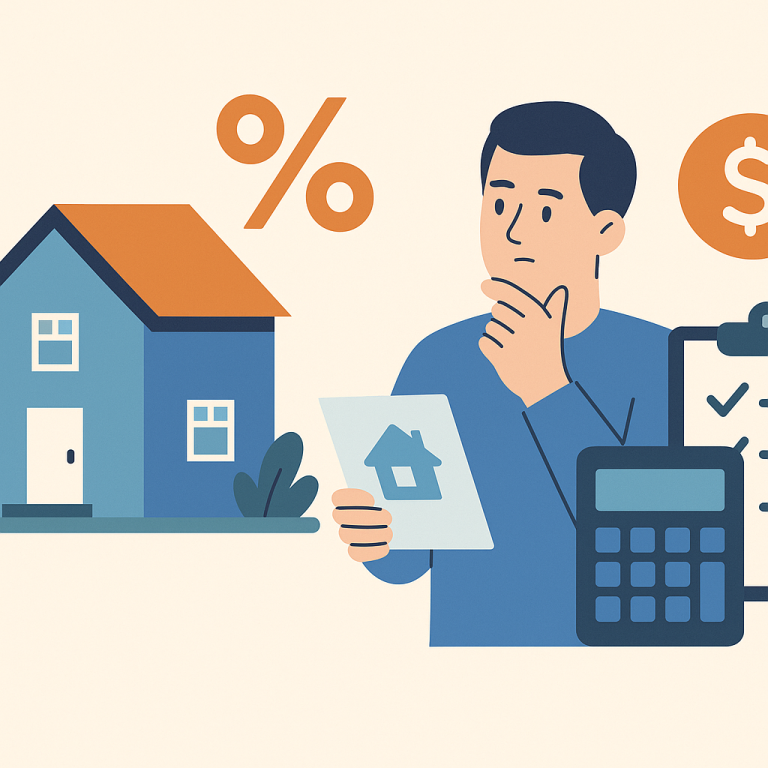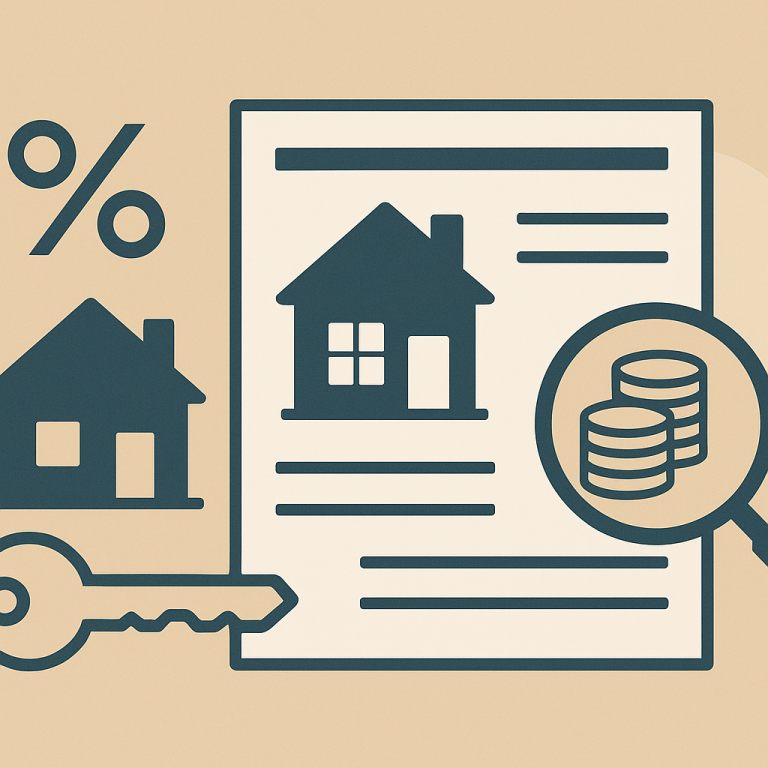Refinance guide streamline vs full refinance which to choose
Streamline vs Full Refinance: Which Should You Choose?
Refinancing your mortgage can lower your monthly payment, shorten your loan term, or let you tap home equity. Two common paths are a streamline refinance and a full (traditional) refinance. Both can be smart moves, but they serve different needs. This guide explains what each option is, when it makes sense, their benefits and drawbacks, typical costs, a step-by-step workflow, common pitfalls, and short FAQs to help you decide.
What each refinance is — and when it makes sense
Streamline refinance
A streamline refinance is a simplified program available primarily for government-backed loans (examples include FHA streamline, VA IRRRL, or certain USDA and other program variants). It reduces documentation, often waives income verification and appraisal requirements, and shortens underwriting.
When it makes sense: if you already have a qualifying government-backed loan, want a lower interest rate or payment without the hassle of full underwriting, and don’t need cash-out. Streamlines are ideal if your credit profile hasn’t changed much and you want a quick, lower-cost transaction.
Full (traditional) refinance
A full refinance requires full underwriting: verification of income, assets, employment, a credit check, and usually an appraisal. It can be used for rate-and-term refinances (change the rate and/or term) or cash-out refinances (take equity out).
When it makes sense: if you need to change loan type (e.g., conventional to FHA), remove or add a borrower, get cash-out, refinance a non-government loan, or your lender requires updated documentation to qualify for the best rates.
Benefits and drawbacks
Streamline: benefits
- Faster closing and simpler paperwork
- Lower upfront friction—often no appraisal or income documentation
- Lower out‑of‑pocket costs in many cases; some programs allow rolling costs into the new loan
- Good option to reduce rate or switch to a more stable loan product quickly
Streamline: drawbacks
- Limited to certain loan types and often limited to rate-and-term refinances (no cash-out)
- Some programs still charge upfront fees or funding/funding-fee equivalents
- May not be available if you’ve recently missed payments or if ownership/occupancy rules changed
Full refinance: benefits
- Flexible — works for conventional, FHA, VA, and other loans; allows cash-out
- Potential to qualify for a materially lower rate if your credit or income improved
- Can restructure loan term, remove mortgage insurance, or consolidate debt
Full refinance: drawbacks
- Longer and more documentation-intensive process
- Often requires an appraisal and full underwriting
- Higher upfront closing costs and longer time to close
Costs and fees
Both refinance types have closing costs, but amounts and which costs apply can differ.
- Common fees: lender origination, title search/insurance, escrow/recording fees, appraisal (often waived for streamlines), and attorney fees where applicable.
- Government program fees: VA IRRRL may charge a VA funding fee (there are exemptions); FHA loans typically include an upfront mortgage insurance premium (UFMIP) and annual MIP which vary by program.
- Financing options: many lenders let you roll closing costs into the loan balance or offer no-closing-cost refinances in exchange for a slightly higher interest rate.
Always get a Loan Estimate and Closing Disclosure to compare true costs. A key calculation is the break-even period — months required for your monthly savings to repay the refinance costs.
Step-by-step process
Streamline refinance
- 1. Check eligibility: confirm your loan type qualifies and review basic program rules with your lender.
- 2. Shop lenders: compare rates, fees, and whether they can close as a streamline for your loan.
- 3. Apply and lock rate: minimal documentation required; lender confirms current loan details.
- 4. Underwriting/approval: typically faster with limited verification, sometimes no appraisal.
- 5. Closing: sign documents and fund — often a shorter closing with fewer signings.
Full refinance
- 1. Collect documents: pay stubs, tax returns, bank statements, and recent mortgage statements.
- 2. Shop rates and get Loan Estimates from multiple lenders.
- 3. Submit application and lock rate.
- 4. Appraisal and underwriting: lender orders appraisal; full underwriting reviews income, assets, and credit.
- 5. Closing and funding: sign Closing Disclosure and closing documents; lender funds the new loan and pays off old mortgage.
Common pitfalls to avoid
- Not calculating the break-even point: if you plan to sell or refinance again soon, closing costs may not be worth it.
- Ignoring mortgage insurance changes: a streamline may leave MIP in place; a full refinance to conventional might remove MIP if you have enough equity—know the impact.
- Rolling costs into the loan without checking LTV: increasing your balance can reduce equity and affect future refinancing options.
- Assuming all lenders treat streamlines the same: program rules and lender overlays vary—shop multiple lenders.
- Letting the loan term reset unintentionally: refinancing to a new 30-year loan can lower monthly payments but increase total interest over time.
Short FAQ
Can I cash out with a streamline refinance?
Generally no. Streamline refinances are usually limited to rate-and-term transactions for existing government-backed loans. For cash-out, a full refinance is typically required.
How long until I recoup the refinancing costs?
Compute break-even by dividing total closing costs by monthly savings. Typical break-evens range from 12 to 48 months depending on costs and the size of monthly savings.
Will a streamline refinance affect my credit score?
Applying may cause a hard credit inquiry which can temporarily lower score. A refinance can also change your credit mix and payment history effects over time. Streamlines may have less impact since they are quicker, but expectation should be similar to any refinance inquiry.
What if I’m behind on payments?
Most refinance programs require you to be current on your mortgage and meet minimum seasoning requirements (how long you’ve had the existing loan). If you’ve missed payments, talk to your servicer about loss mitigation options first.
Choosing between a streamline and a full refinance depends on your existing loan type, objectives (rate drop vs cash-out), timing, and how much paperwork you want to handle. Start by getting Loan Estimates from lenders on both options and run the break-even math—then pick the path that saves money and supports your long-term goals.
META: streamline vs full refinance decision guide

